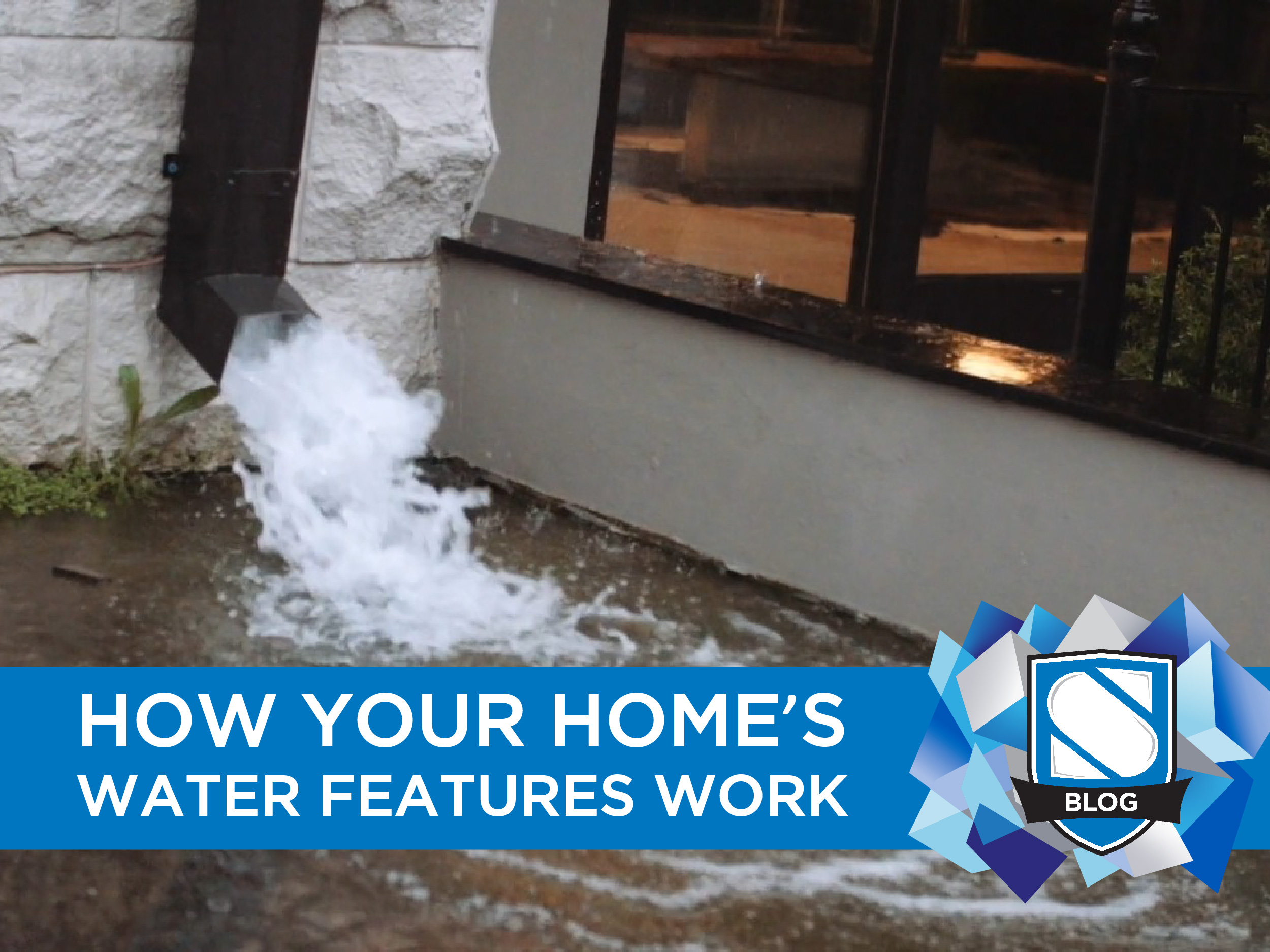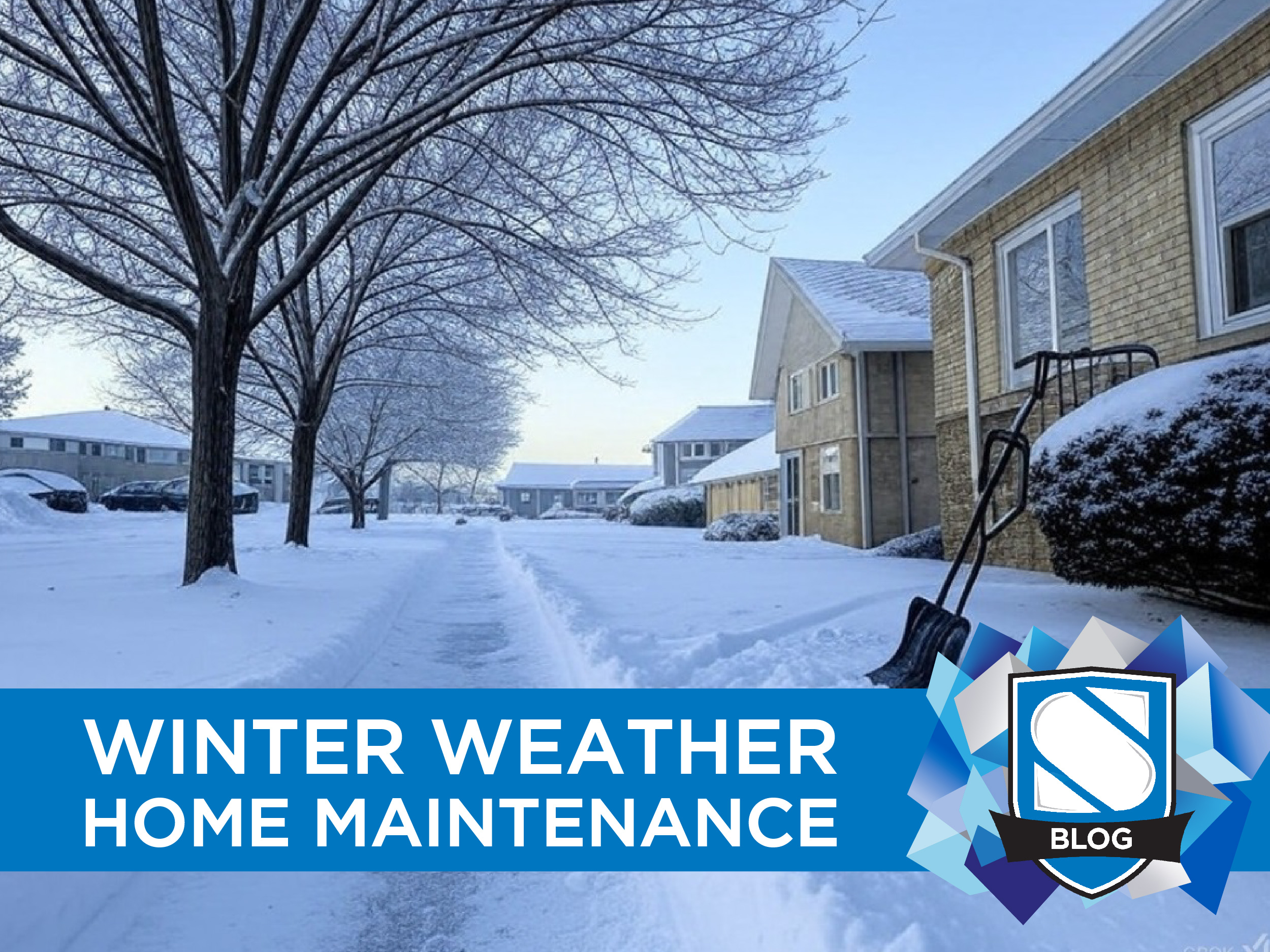Nothing will send a chill up a homeowner’s spine faster than the words “water damage.” It’s one of the most insidious, and potentially costly, threats facing your home.
The major frustration with water damage is that the problem often isn’t apparent until it’s too late and a small leak has developed into a major issue. A faucet that drips a little is one thing, but a leaky pipe in a wall is another.
Here are a few tips to help you spot the early warning signs of water damage and how to head these issues off before they escalate.
Keep an eye on your water meter
Have you noticed your water bill has been a little high the last month or two? While you might think all that means is you should spend less time singing in the shower, it could be a clue to a bigger problem.
If your water use habits haven’t changed in any significant way but you’re still seeing larger charges than you’re used to, that’s a telltale sign of a leak somewhere in your home. It might not big enough to notice on your own, but even small leaks add up over the course of a month, dripping away hour after hour, day after day. Keeping a close eye on your bill can often help you root out leaks before they start to really cost you.
Track down the source
If you suspect a leak, there are a number of ways to narrow down the potential sources.
First, determine if the leak is inside, or outside. While it’s probably not the first place you think of, it’s entirely possible for a leak to occur in the line between the meter and your house. Try shutting off the valve to the house and check to see if the meter is still registering usage. If so, you know the leak is outside. You can determine where by inspecting the line. Pay extra attention to clues such as soft ground, or grass that is noticeably greener or heartier than other areas.
If the leak is inside, you’ll want to check out the usual suspects. Toilet leaks can easily go unnoticed if you’re not specifically looking for them. Take the lid off the tank and listen for any hissing or bubbling. Determining a flapper leak (water running through a small gap in the rubber valve that keeps water in the tank from continuously flowing to the bowl) can be easily done by adding a few drops of food colouring in the tank. Add some drops, wait a few minutes, and if any Blueberry Blast can be seen in the bowl, you’ve found the culprit.
Take a look at your hot water tank. Even if a leak doesn’t seem apparent, it can be a good idea to check. Inspect all the connecting pipes and the area around the tank. Pay close attention to the drain pipe, listen for any hissing.
Inspect each faucet and shower head in the home. This includes obvious ones such as the kitchen sink and main bath, but also all the secondary ones you might not think about. Check the basement sink, the faucet that links into your washing machine, any outdoor faucets and so on. Most faucet leaks are the result of a worn rubber washer. If you can track down the source, this can be an easy and quick fix you can likely do on your own.
Uh oh, we sprang a leak
If you discover water damage in your home, don’t panic. Whether you are dealing with a leaky pipe in a wall or a full-on flooded basement, it’s essential to get a grip on the situation as quickly as possible.
First, turn off both the water and the power to the effected area. The last thing you need is to mix electricity and water. Unplug any and all devices in the area, and move any valuables as soon as possible. Pull up any effected carpeting or rugs (it may be possible to save them depending on the severity of the damage and how soon you respond).
Drain the water as quickly as possible. This may require nothing more than a few towels and a bucket for a minor leak, a wet/dry vacuum if the situation is a little more severe, or a sump pump if you’re dealing with a substantial amount of water. These devices can be easily acquired from a rental shop or hardware store and are worth every penny. The faster you get the water out now, the less mold and damage you’ll have to deal with later.
Dry out the area with the help of fans and a dehumidifier. If possible, open your windows to help air out the affected areas. If you’ve had a serious flood, you may need to cut out and remove damaged drywall or wood that is too soaked to be saved.
Get the jump on any potential mold issues by aggressively disinfecting any water damaged areas and applying a compound known as Concrobium as a preventative measure. This is a non-toxic substance that will discourage the growth and development of mold spores. It’s quick, doesn’t leave a mess, and can help you avoid a serious health risk down the line.
Dealing with water damage is never pleasant, but catching it early and taking smart precautions against future rot and mold can help limit the heartache. Be careful, watch for the warning signs, and deal with water damage before it happens whenever you can.














0 Comments